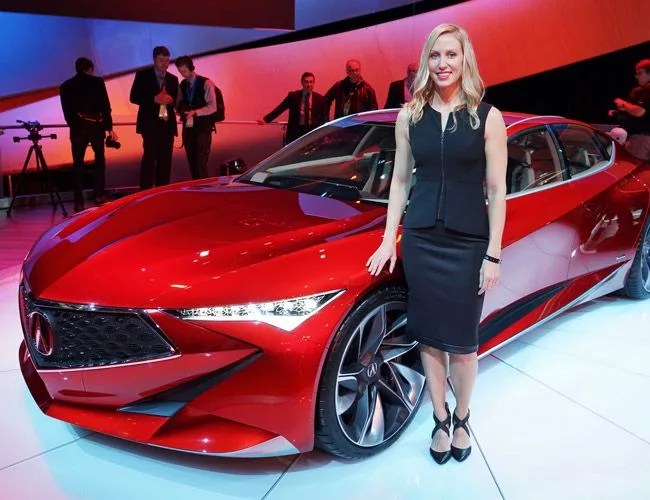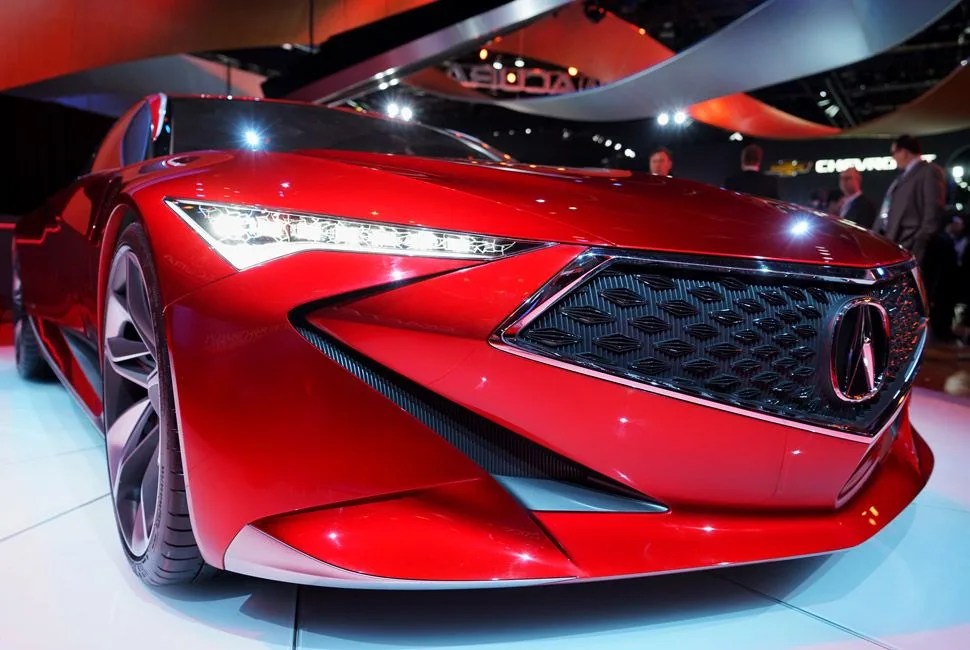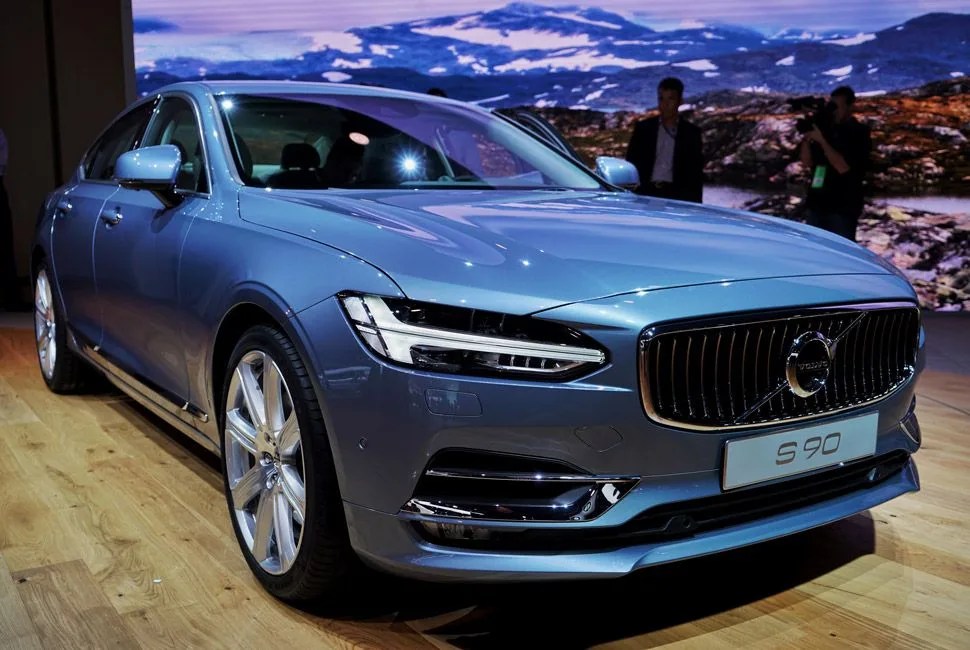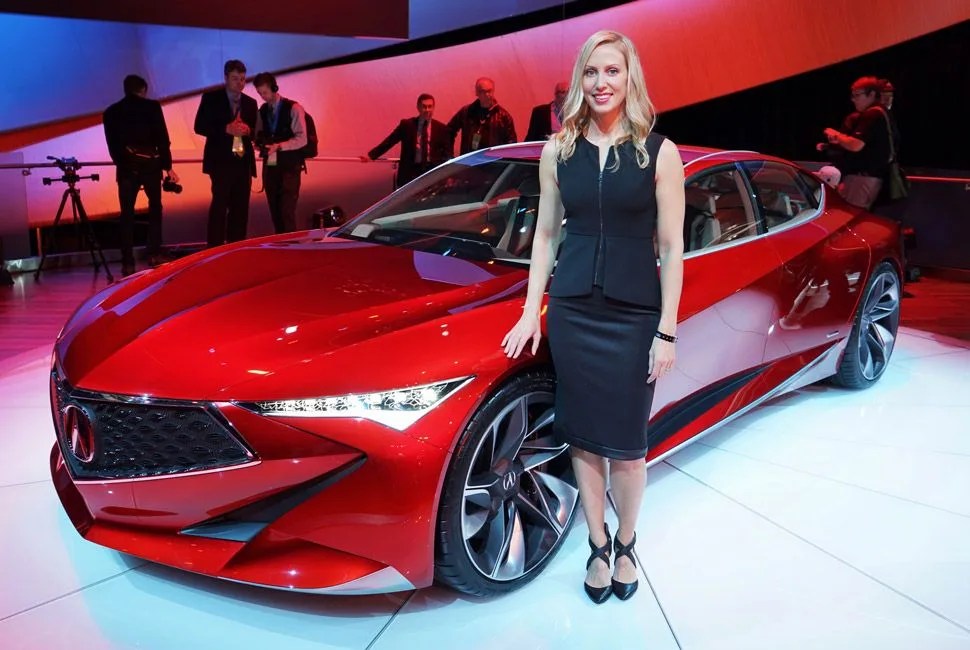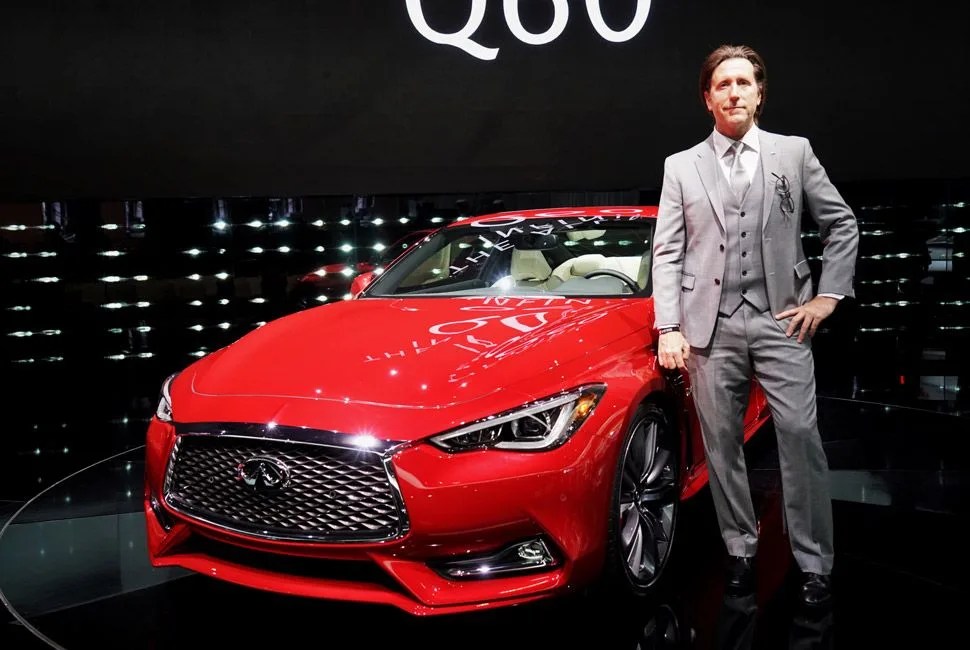3 photos
Designing cars is hard. You must make everyone happy — the company that hired you, the customers who will be eyeing your handiwork, the regulators, the wildly unpredictable press, and, of course, yourself. To better understand how designers approach these unbelievable challenges with each project, and to learn what goes on in their minds, we asked three of the industry’s greatest talents to walk us through their latest creations at the North American International Auto Show in Detroit.
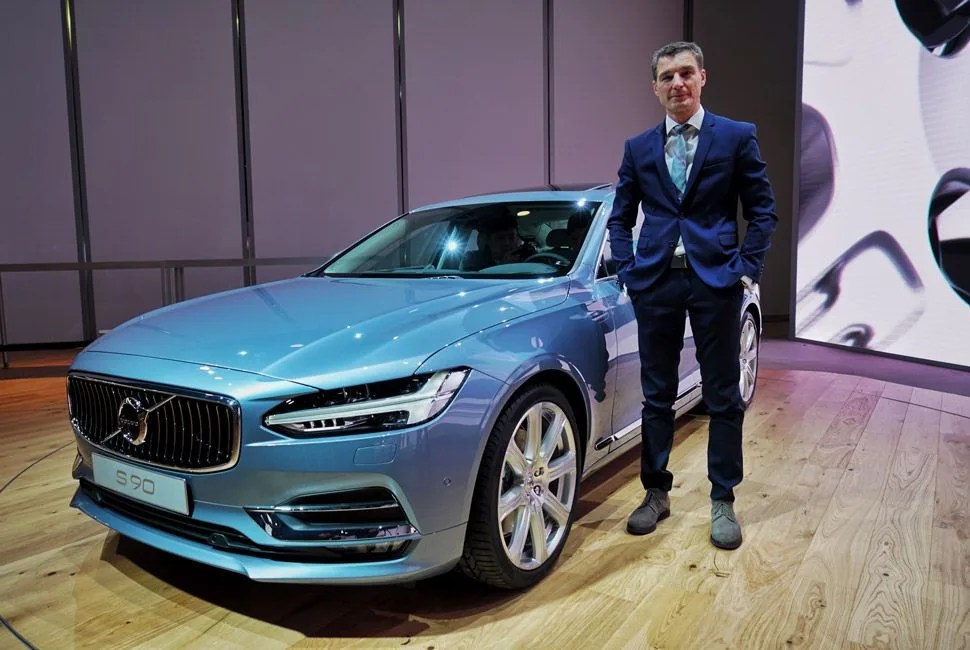
Thomas Ingenlath, Volvo
Auto Show Baby: Volvo S90
Design Challenge: Retaining Scandinavian heritage
“The S90 sedan follows our XC90 SUV from last year, and both are inspired by the Scandinavian design elements present in the recent Concept Coup. But even that concept can be traced back to the Volvo P1800 sports car of the late 1960s. That was a Scandinavian interpretation of car design at that period of time. It has a nice human proportion to it, and that’s what we wanted to achieve with the S90.
“Throughout history, Scandinavian design has always been about functionalism and human connection. This benefits the customer. Take the large touchscreen interface. If you sit in some other cars you get intimidated by the technology. Our goal here was to see how integrated we could make it. It looks natural, not like some strange thing sitting in there. The materials around it, the colors — all work to make the interface more welcoming and wide open. We don’t want our cars to be just one of those driver-oriented jet-fighter cockpits.”
